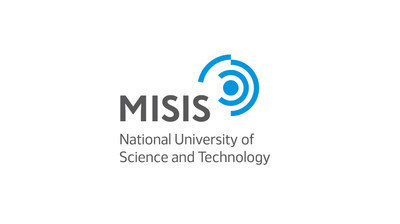TMCnet News
Russian Doctors and Engineers From NUST MISIS Save the Cats Lapunya and Cherry With the Help of Innovative Polymer ImplantsDecember 10 is International Animal Rights Day; a scientific group of Russian engineers, veterinarians and oncologists has developed and carried out several successful surgeries to save the limbs of domestic cats with osteosarcoma MOSCOW, Dec. 10, 2019 /PRNewswire/ -- We are used to the fact that if some part of a person's bone is damaged, then doctors try to minimize surgical procedures to maintain healthy tissues. People undergo intensive therapy, they are implanted with the most modern implants. The most radical method of treatment - amputation - is not considered until the last try. Unfortunately, veterinary medicine is still noticeably behind: it is often much easier, faster and cheaper to amputate the affected limb or, in a more favorable situation, to install a simple implant that will still be difficult to assimilate, because the animal cannot be forced not to move.  In fact, it is possible to minimize harm to the animal's body and at the same time completely preserve its motor activity, and this is proved by the joint work of the eam of the small innovative enterprise Biomimetix operating at NUST MISIS, the scientists from the N.N. Blokhin National Medical Research Center of Oncology and doctors from the Biocontrol veterinary clinic. The scientific team has prepared and carried out several successful surgeries to save the limbs of pets with osteosarcoma. The first patient is a cat named Lapunya with a 6-centimeter malignant lesion of the front left paw. The cell-engineering design was developed by the specialists: engineers from NUST MISIS have manufactured a hybrid implant made of porous ultra-high molecular weight polyethylene, the frame of which has been printed from titanium alloy on a 3D printer. Scientists at the N.N. Blokhin National Medical Research Center of Oncology Laboratory of Cellular Immunity have implanted the implant with cells isolated from the bone marrow of the patient to accelerate implantation. The operation was carried out by the surgeons of the Biocontrol veterinary clinic. After only 2 weeks, the implant fitted well, the animal was able to move independently. The next surgery has been performed on a domestic cat Cherry. Her forepaw was affected by a 5-centimeter osteosarcoma. Porous UHMWPE in the center of the implant imitated a spongy bone, a reinforcing titanium alloy was applied on top, and then followed a layer of continuous UHMWPE. Specialists of N.N. Blokhin National Medical Research Center of Oncology were isolating individual components from the cat's blood to impregnate the core of the implant and accelerate its engraftment. In both cases, the structure of the implant, as well as the methods of its additional processing, have been selected individually, depending on the individual characteristics of the body. The design, manufacture and processing of an implant for such a surgery take an average of 7-14 days. According to the scientists, such implants have several advantages at once: firstly, their structure almost or completely imitates the real structure of the bone, which allows the load to be distributed evenly, as well as create a space for cell growth. Secondly, the additional population of the implant with the patient's cells accelerates regeneration. Thirdly, the cost of such an implant is lower than the cost of existing analogs. "In the future, we would like to try to create standard implants for those cases where urgent surgical intervention is required. Also, it would be interesting for us to work on creating implants for larger pets," says Fyodor Senatov, CEO of Biomimetix. 
|
